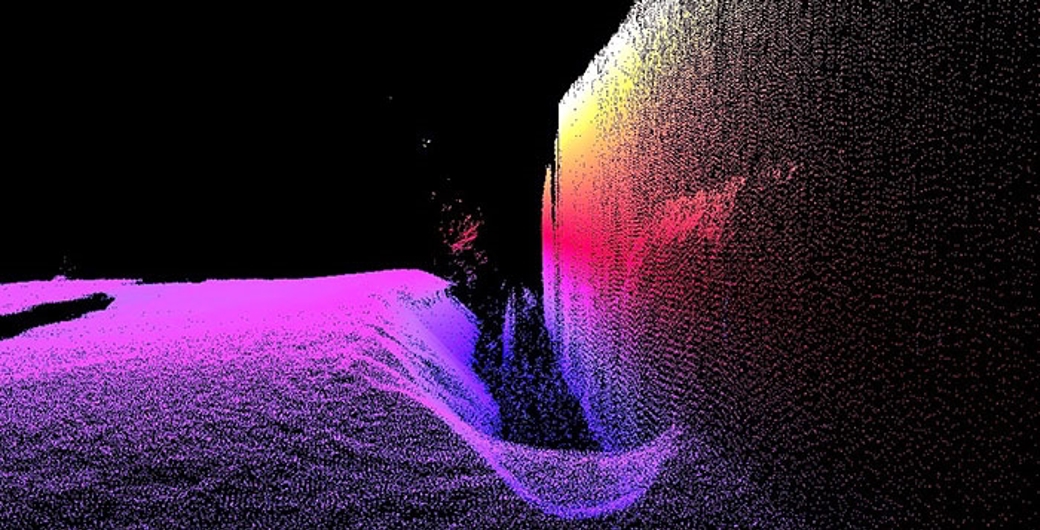The Dutch Ministry of Infrastructure and Environment is responsible for 2137 km canals and rivers with 5472 km waterways throughout the Netherlands, which must be surveyed on a regular basis in order to ensure safety of navigation. For the bathymetry workload that is not outsourced, Rijkswaterstaat will use the EM 2040C systems as the primary tool to survey these waters on an ongoing basis. The first five systems were delivered at the end of 2015 with remaining units ordered to be delivered on demand when the vessels are available.
"We are delighted to have been selected by the Dutch Ministry of Infrastructure and Environment as its main multibeam supplier of choice and long-term service partner," says Ronald Keesmaat, Sales Manager, Kongsberg Maritime Holland. "The EM 2040C is the ideal tool to support the Ministry's wide remit, as it can provide highly detailed results from small, lower cost vessels of opportunity. This provides flexibility, which is vital considering the huge amount of waterways the Ministry is responsible for."
Based on the state-of-the-art Kongsberg Maritime EM 2040 multibeam, the EM 2040C is a significant development in acoustic technology that makes highly detailed surveys of shallow water possible using small boats and launches.
The EM 2040C ensures that highly accurate data is available in real-time. This makes it possible to conduct very cost-effective surveys with lower requirements for post-processing, due to the high quality of data available. In addition to inland waterway surveys, applications include port and harbour surveys, post-dredging surveys, shipwreck exploration, habitat mapping, pipeline inspection and hydrographic surveys to a standard that exceeds IHO S44 Special Order and LINZ performance requirements.
The EM 2040C features high resolution and a wide frequency range from 200 to 400 kHz, with frequency selection in steps of 10 kHz. It uses Frequency Modulated (FM) chirp to extend range and offers a maximum depth of 490m with a beam width of 1x1° at 400 kHz. As a dual head system, with two sonar heads tilted to each side, 200º coverage can be achieved, which enables surveying to the water surface or up to 10 times water depth on flat bottoms.
